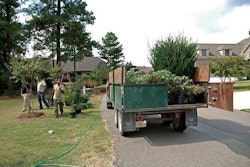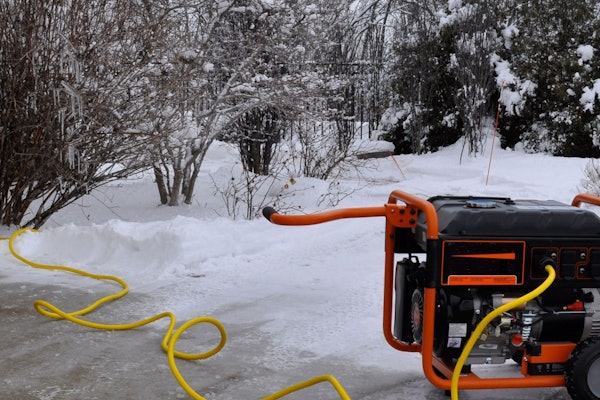
The New Jersey worker was revived after falling from the tree he was pruning, according to The Princeton Packet.
The worker was taken by helicopter to a local hospital. According to police, no witnesses saw the worker fall.
Police and the Occupational Health and Safety Administration are investigating.
According to OSHA, falls are the leading cause of death in the landscaping industry.
“Falls cause immense pain and suffering when they happen, and we must do everything we can to stop them,” says Assistant Secretary of Labor for Occupational Safety and Health Dr. David Michaels. “The good news is that they are preventable with three easy steps: the best protection is to plan ahead, ensure workers have the right equipment and train each worker to use it.”
From fiscal year 2011 through fiscal year 2012, landscaping services had a total of 44 deaths from falls, which accounts for 29.3 percent of deaths in the industry.
Of those 44 deaths, 27 fell from a tree.
RELATED: Falls on Jobsites Leading Cause of Death in Industry
Follow this checklist to ensure safety on your jobsites:
Before use:
- Make sure you are trained in ladder safety. Your employer should provide this training.
- Carefully inspect the ladder for damage.
- Ensure the ladder is free of slippery substances on the rungs and feet. Before mounting the ladder, clean muddy or slippery shoe soles.
- Reject damaged ladders; tag and remove them from service.
- Use a ladder with the correct strength, type and length for your task
- Get help when handling a heavy or long ladder
- Keep ladders away from electrical wires
- Place the ladder on a firm, level surface. Use a ladder with slip-resistant feet or secure blocking, or have someone hold it.
- Rest both side rails on the top support.
- Tie off ladders at the top to prevent slipping.
- Set up barricades and warning signs when using a ladder in a doorway or passageway.
When in use:
- Always face the ladder when climbing or working from it.
- Keep the center of your body within the side rails.
- A ladder should not be placed horizontally as a scaffold or runway.
- Do not carry objects in your hands. Hoist materials and attach tools to a belt.
- Do not work from the top three rungs.
- Do not use a portable ladder if you have the option of a fixed stairway or scaffold.
- Do not join two short ladders to make a long ladder.
- Do not paint wooden ladders. Paint may hide defects. Instead, use wood preservatives or clear coatings.
- Do not use a ladder during windy weather.
- Never move a ladder while someone is on it.
- Lower the top section of an extension ladder before you move it.
- Keep ladders at least 10 feet from overhead electrical lines and other obstructions. Aluminum, and even wet or dirty wood or fiberglass ladders, can conduct electricity.









